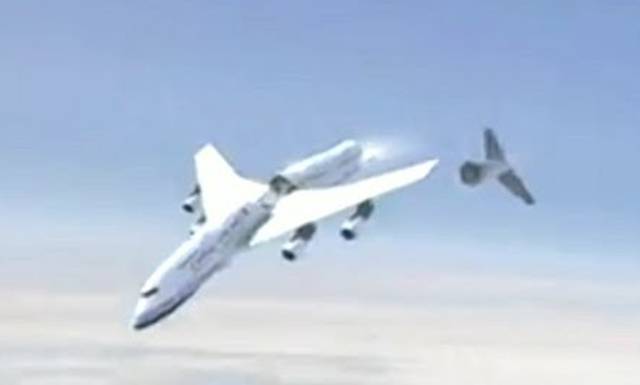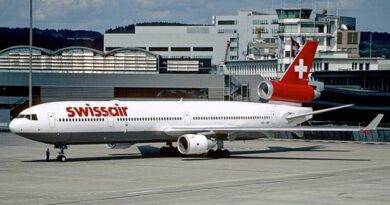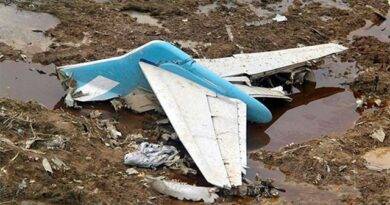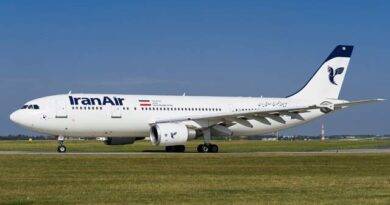China Airlines Flight 611
China Airlines Flight 611 was a scheduled international passenger flight from Taipei, Taiwan to Hong Kong, China. On May 25, 2002, the Boeing 747-209B airplane broke apart while flying over the Taiwan Straits and crashed into the water. It happened about 25 minutes after takeoff. All 225 people on board were killed.
20 minutes after takeoff on May 25, 2002, the Boeing 747-209B flying the route broke apart in midair and crashed into the Taiwan Strait, 23 nautical miles (26 mi; 43 km) northeast of the Penghu Islands.
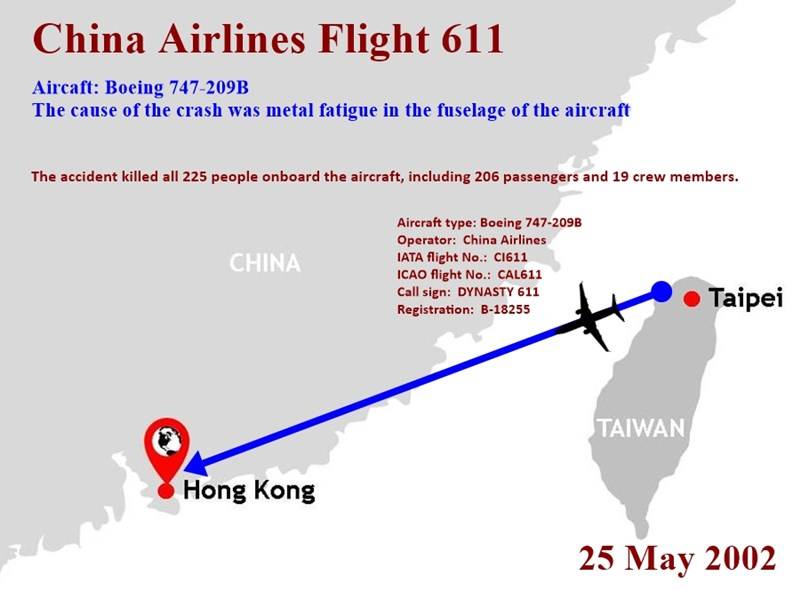
Cause of the crash
The cause of the crash was metal fatigue in the fuselage of the aircraft. The fatigue was caused by a tail strike that the aircraft had sustained 20 years earlier, during a landing in Taipei. The tail strike damaged the fuselage and caused microscopic cracks to form. Over time, these cracks grew larger and larger, until they eventually led to the fuselage breaking apart in midair.
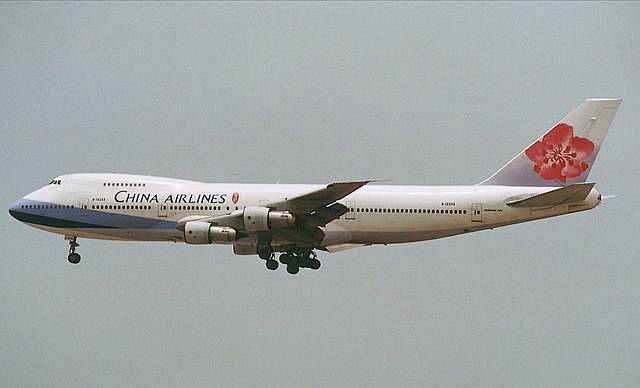
Investigation and aftermath
The investigation into the crash of China Airlines Flight 611 was led by the Aviation Safety Council of Taiwan. Metal fatigue in the fuselage led to the investigation’s conclusion that the crash had occurred. The investigation also found that China Airlines had not properly maintained the aircraft, and that the airline had not followed the proper procedures for inspecting the aircraft for fatigue damage.
After a far earlier tailstrike event, poor maintenance led to fatigue cracking, which was the cause of the disaster, according to the final investigative report. On February 7, 1980, the aircraft was operating as China Airlines Flight 009 (Callsign “DYNASTY 009”) on a flight from Stockholm Arlanda Airport to Taoyuan International Airport via King Abdulaziz International Airport and Kai Tak International Airport. During the plane’s landing in Hong Kong, a portion of the tail scratched the ground. After being depressurized and transported back to Taiwan the same day, the aircraft underwent a temporary repair the next day. From May 23 to May 26, 1980, a team from China Airlines worked on a more permanent repair.
The Boeing Structural Repair Manual (SRM) was not followed while fixing the tailstrike permanently. The SRM suggests that repairs be accomplished by either completely replacing the damaged skin or by removing the damaged area and inserting a reinforcing doubler plate to regain structural strength. The China Airlines team put a doubler over the damaged skin instead of adhering to the SRM.
In the aftermath of the crash, China Airlines implemented a number of safety improvements, including:
- Increased inspections for fatigue damage
- Improved maintenance procedures
- Increased training for pilots and crew members
Lessons learned
The crash of the flight was a tragedy that resulted in the deaths of 225 people. However, the crash also led to important safety improvements in the aviation industry. The lessons learned from this crash will help to prevent similar tragedies from happening in the future.
References
- Wikipedia: https://en.wikipedia.org/wiki/China_Airlines_Flight_611
- Airline crash: https://simple.wikipedia.org/wiki/China_Airlines_Flight_611
- Deadly Metal Fatigue: The Story Of China Airlines Flight 611 – Simple Flying: https://simpleflying.com/china-airlines-flight-611-metal-fatigue-story/#:~:text=Operated by a Boeing 747,passengers and 19 crew members.
- Shattered in Seconds: | by Admiral Cloudberg | Medium: https://admiralcloudberg.medium.com/shattered-in-seconds-the-crash-of-china-airlines-flight-611-c6a6f486ca6b
- image source: By Tommy Lo aviation – Own work, CC BY-SA 3.0, https://commons.wikimedia.org/w/index.php?curid=112306009
